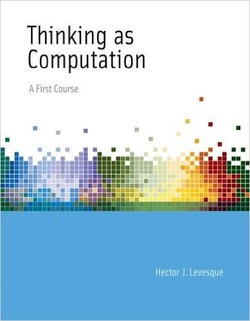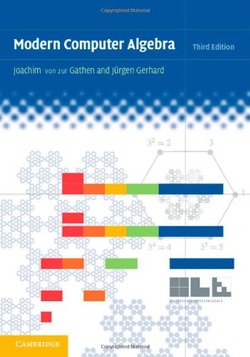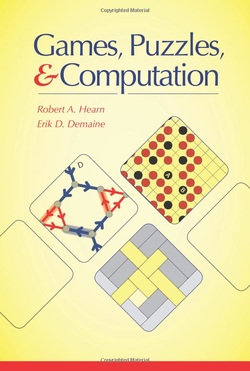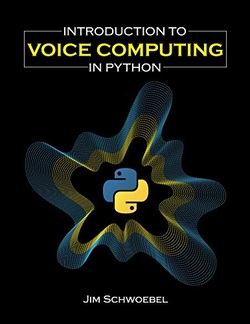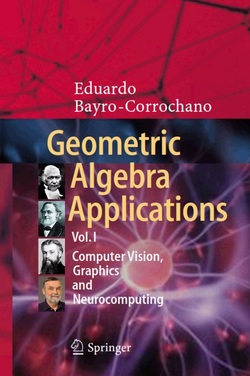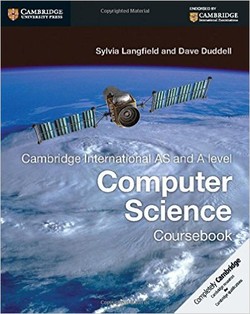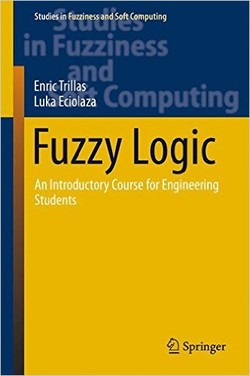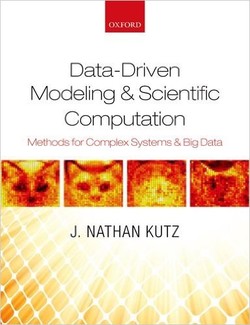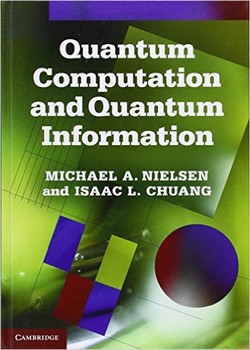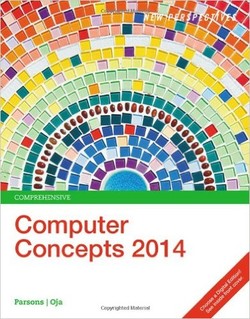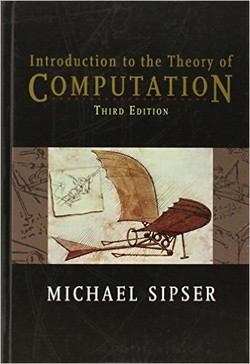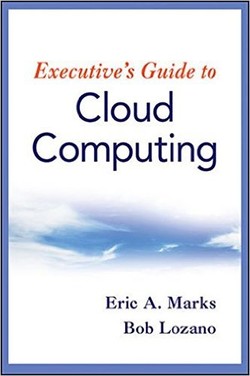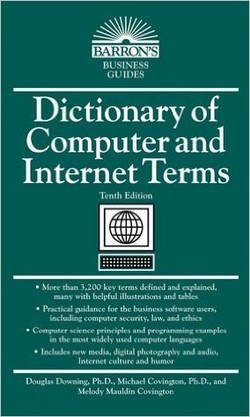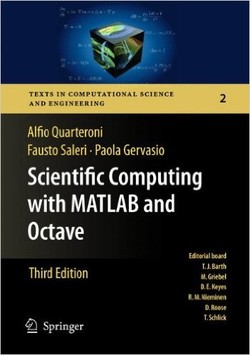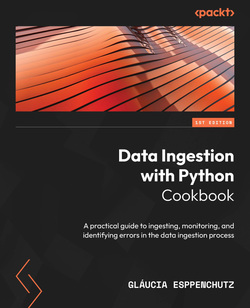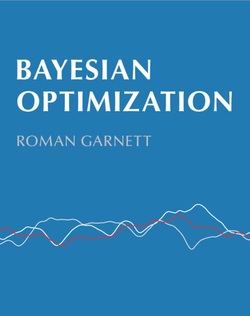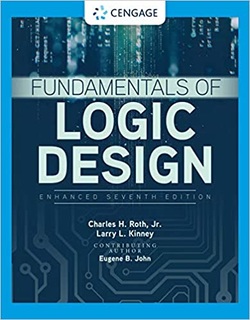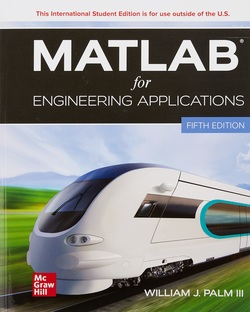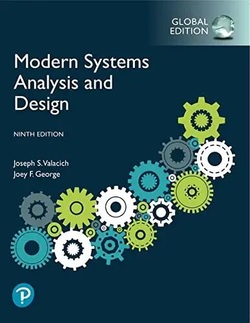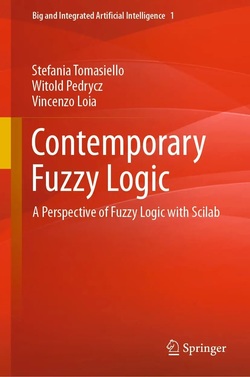کتاب “تفکر همانند محاسبات کامپیوتری” دانشآموزان را ازطریق کاوش این ایده که تفکر میتواند بهعنوان یک فرم محاسبه بهشمار آید؛ راهنمایی میکند.
دانشآموزان با یادگیری نوشتن برنامههای کامپیوتری برای وظایف متنوع که نیازمند تفکر میباشد ازجمله حل پازل، درک زبان طبیعی، تشخیص اشیاء در صحنههای بصری، برنامهریزی دورههای عملی، و اجرای بازیهای استراتژیک؛ ارتباطی میان تفکر و محاسبه ایجاد میکنند.
این کتاب براساس یک دوره آموزشی محبوب در دانشگاه تورنتو نوشته شده است. و میتواند در زمینههای مختلف کلاس درس توسط دانشجویان دوره کارشناسی هنرهای آزاد تا دانشجویانی که از نظر فنی در مقاطع پیشرفتهتر علوم کامپیوتر هستند؛ مورد استفاده قرار گیرد.
دانشآموزان با یادگیری نوشتن برنامههای کامپیوتری برای وظایف متنوع که نیازمند تفکر میباشد ازجمله حل پازل، درک زبان طبیعی، تشخیص اشیاء در صحنههای بصری، برنامهریزی دورههای عملی، و اجرای بازیهای استراتژیک؛ ارتباطی میان تفکر و محاسبه ایجاد میکنند.
این کتاب براساس یک دوره آموزشی محبوب در دانشگاه تورنتو نوشته شده است. و میتواند در زمینههای مختلف کلاس درس توسط دانشجویان دوره کارشناسی هنرهای آزاد تا دانشجویانی که از نظر فنی در مقاطع پیشرفتهتر علوم کامپیوتر هستند؛ مورد استفاده قرار گیرد.
سال انتشار: 2012 | تعداد صفحات: 328 | حجم فایل: 3.28 مگابایت | زبان: انگلیسی
Thinking as Computation: A First Course
نویسنده:
Hector J. Levesque
ناشر:
The MIT Press
ISBN10:
0262016990
ISBN13:
9780262016995
